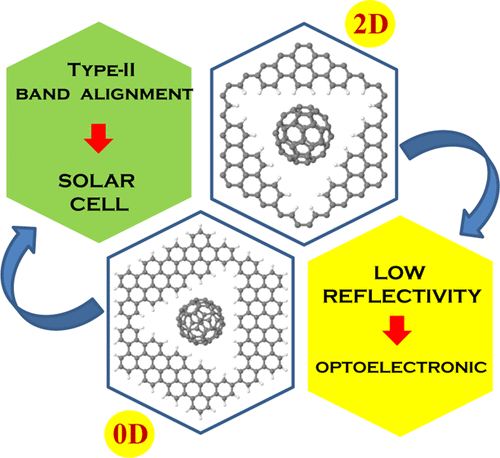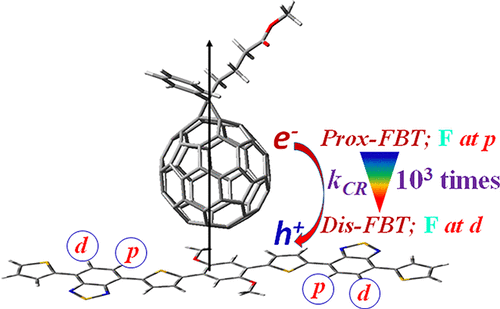top of page

Computational Chemistry Lab Department of Chemistry, Visva-Bharati
Organic Solar Cells
We are also extensively involved in designing organic photovoltaic solar cells with suitable donor/acceptor counterpart. A new milestone is reached in the field of organic solar cells with the invention of fullerene as a highly efficient acceptor. Organic photovoltaic cells comprising electron rich π-conjugated organic molecules donor and electron deficient acceptor moieties show excellent photoconversion efficiency (PCE). On the basis of ground and excited state electronic structure calculations employing DFT and TDDFT methodologies, we pay particular attention to control the charge transfer and unwanted charge recombination of electrons injected into acceptor with oxidized donor which necessarily guide the PCE of the fabricated devices.
Porphyrin-Sensitized Graphene Quantum Dot Solar Cell

Representative Publications:
-
C Chakravarty, B Mandal, P Sarkar, "Porous Graphene–Fullerene Nanocomposites: A New Composite for Solar Cell and Optoelectronic Applications," J. Phys. Chem. C 2018, 122, 15835–15842. (Link)
-
S Biswas, A Pramanik, P Sarkar, "Origin of Different Photovoltaic Activities in Regioisomeric Small Organic Molecule Solar Cells: The Intrinsic Role of Charge Transfer Processes,"J. Phys. Chem. C 2018, 122, 14296–14303. (Link)
-
S Biswas, A Pramanik, S Pal, P Sarkar, "A Theoretical Perspective on the Photovoltaic Performance of s, n-heteroacenes: An even-odd Effect on the Charge Separation Dynamics," J. Phys. Chem. C 2017, 121, 2574−2587. (Link)
-
B Mandal, S Sarkar, P Sarkar, "Theoretical Studies on Understanding the Feasibility of Porphyrin-Sensitized Graphene Quantum Dot Solar Cell," J. Phys. Chem. C 2015, 119, 3400−3407. (Link)
bottom of page

